François Vivier originally designed the Seil 18 in 1988 for a group of sailors from Nantes, a region of France through which the Loire, the country’s longest river, flows on its way to the Atlantic Ocean. They wanted a boat suitable for rowing and sailing on rivers. The design was intended for glued-plywood construction, but about 150 were produced in fiberglass by Canotage de France before the company went out of business in 2007.When Tasmanian Adrian Levings bought the Seil plans some years ago, they came with a full set of Mylar templates for “pretty much everything,” including the box-girder building frame, the molds and bulkheads, the planks, rudder, and centerboard. Vivier’s study plan for the boat included drawings with all the component parts laid out on sheets of plywood to allow the most economical cutting. Today, there are many companies around the world (including in the USA, UK, and Australia) that produce CNC plywood kits, and Vivier can provide electronic CNC cutting files. While cutting gains on the plank-end laps is called for by the plans, this Sei has the laps left proud at the transoms.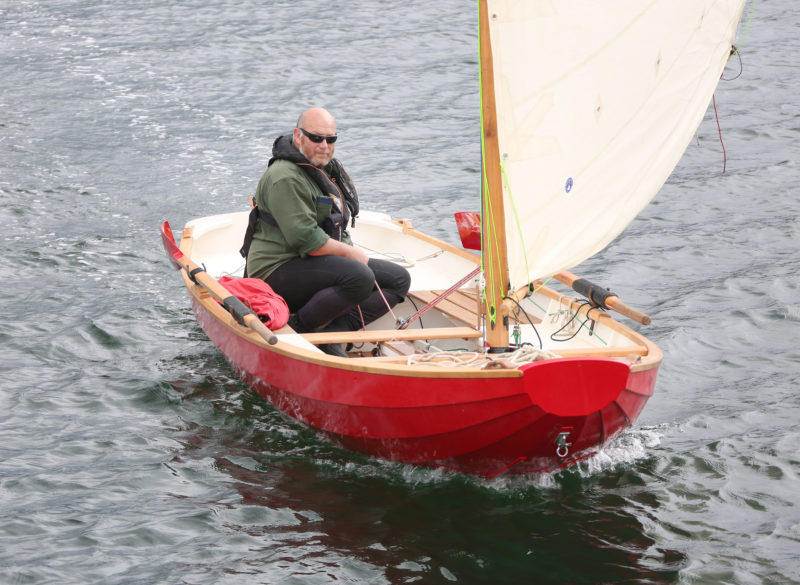 Photographs by the author
Photographs by the author
Join The Conversation
We welcome your comments about this article. To include a photo with your remarks, click Choose File below the Comment box.


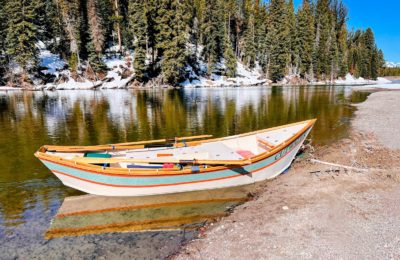
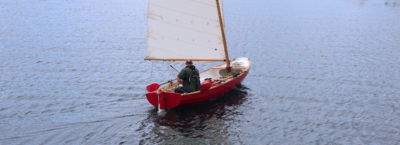
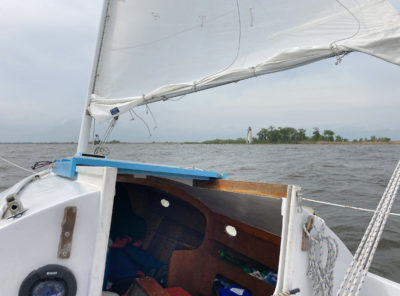
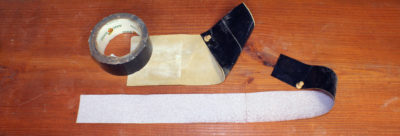
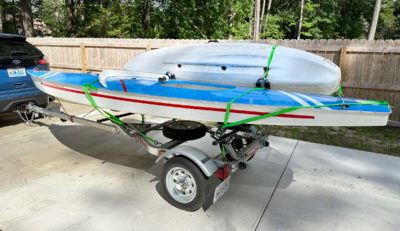
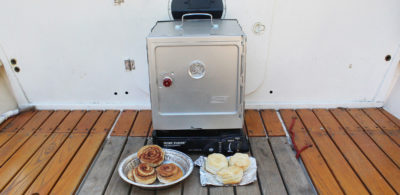
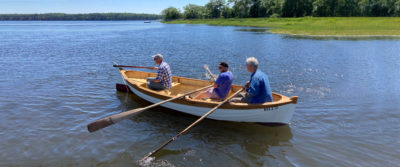

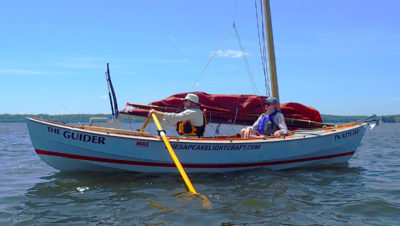
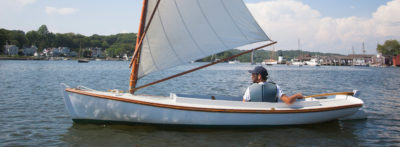
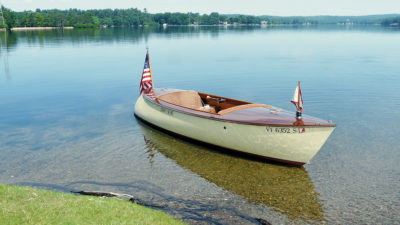
Just a hunch, but I wonder if the ease of planking (without planks requiring twisting) is due to the pram bow. Could even be a reason that bow was developed originally for Norwegian prams.
Looks fantastic. Well done Adrian. I’m over in Christchurch, NZ, and have been looking at this design for a while, how does it sail in a chop and a breeze?
Cheers, Rich
I just returned from the Maritime Festival “La Semaine du Golfe” in Brittany, France. In my fleet number 2 (Sail and Oar) sailed close to a dozen SEIL. The conditions were on several occasions very rough with an ugly chop due to wind against the strong tidal currents. When I wasn’t too busy myself keeping upright I observed all of the SEILs doing well in these conditions, some of them quite heavily loaded.